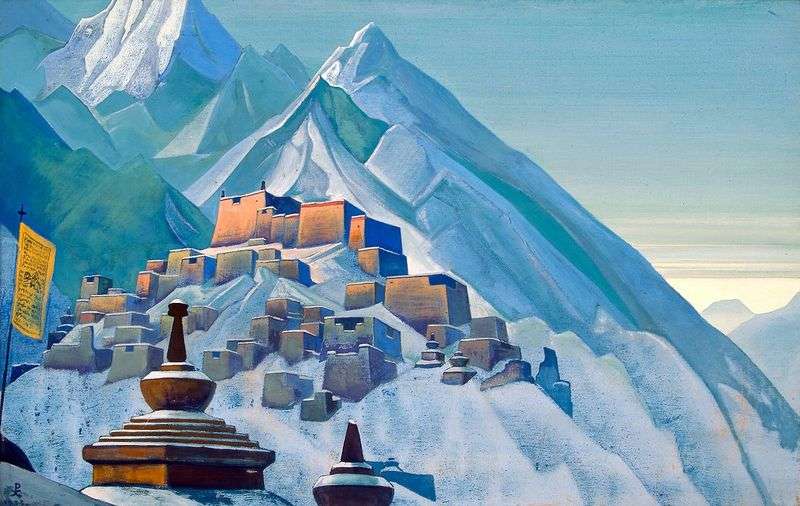
In the work of Nikolai Konstantinovich Roerich there is a great interest of the master in rare unique cultural communities, religious teachings, and islands of the spirit among the twentieth century industrial. Progress, the heyday of civilizations artist excessive urbanism and soullessness. There was too much technology, life, monotonous forms and ideas that Roerich was fond of images of mountains and special people living in the mysterious foothills of these worlds.
Roerich’s painting “Tibet. Himalayas” is imbued with the delight of these great places and the world of mountains. Work written in 1933 in a tempera manner. For the canvas is characterized by predominantly cold colors. Most of the space of the picture is occupied by the image of the Himalayan mountains and the snow-covered Tibetan settlement, slightly lit by the rays of the setting sun. The space of the sky is only partly declared, recalling the elusive, color losing its saturation.
The color stretching in the sky pattern begins to gradually grow from a very bright horizon to more saturated blue colors. At the same time, the artist avoids too bright “scratching” colors, using tempera to create a soft, softly misty sky, where only very high-high one can see and discern the light breath of the wind. The Himalayas represent the image of the rocky giants, from which emanates the strength and hardness of the stone, light and bluish-blue transparency of the great snowy peaks.
The picture of the mountains is similar to the decorative and ornamental composition of some bright batik or tapestry. Some rocky, sharp peaks of white, bluish shades alternate exactly kaleidoscopic variants, when the colors mix, forming beautiful coloristic combinations. The dense structure of the mountains surrounds, as if admitting into its space of ice and snow, a harsh mountain climate, a small, seemingly sleepy Tibetan highland kingdom. Tibet, its picturesque image is located at the very foothills, resembling in the shape of its device a mountain silhouette or a pyramidal composition with many faces. The image of the Tibetan buildings turned out to be distinct, expressive due to the contrast image.
Reddish-cold sunshine in a dense stream abut against buildings at the very top of the snowy Tibetan “state”. The image, immersed in large snow, Tibet is an ancient, hidden in the shadow of the mountains and centuries, the world. This world is hardly distinguishable and seems to be spliced with the world of mountains itself. The life of Tibet is like the eternal existence of the Himalayas. This world is unhurried, contemplative, sublimely beautiful in its courageous striving for the cold bright blue air of the holy heavenly world, the world of great righteous mountains.
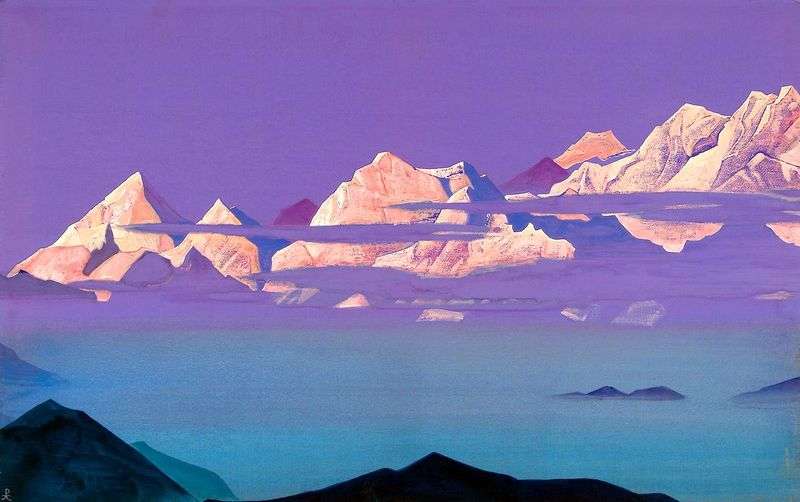 Himalayas. Pink Mountains by Nicholas Roerich
Himalayas. Pink Mountains by Nicholas Roerich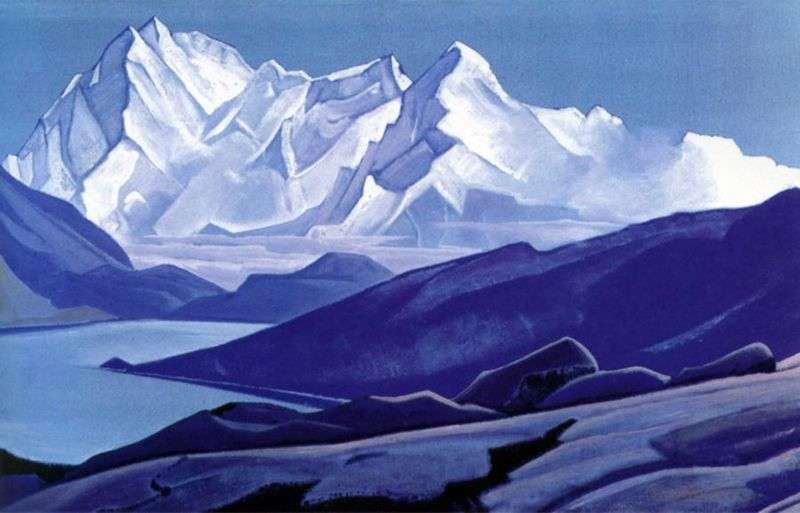 Sacred Himalayas by Nicholas Roerich
Sacred Himalayas by Nicholas Roerich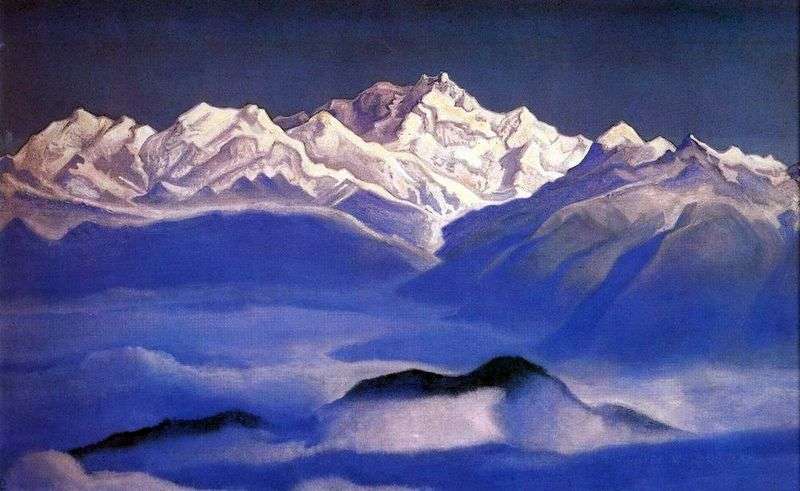 Himalayas (Blue Mountains) by Nicholas Roerich
Himalayas (Blue Mountains) by Nicholas Roerich Kanchenjunga by Nicholas Roerich
Kanchenjunga by Nicholas Roerich Himalayas Everest by Nicholas Roerich
Himalayas Everest by Nicholas Roerich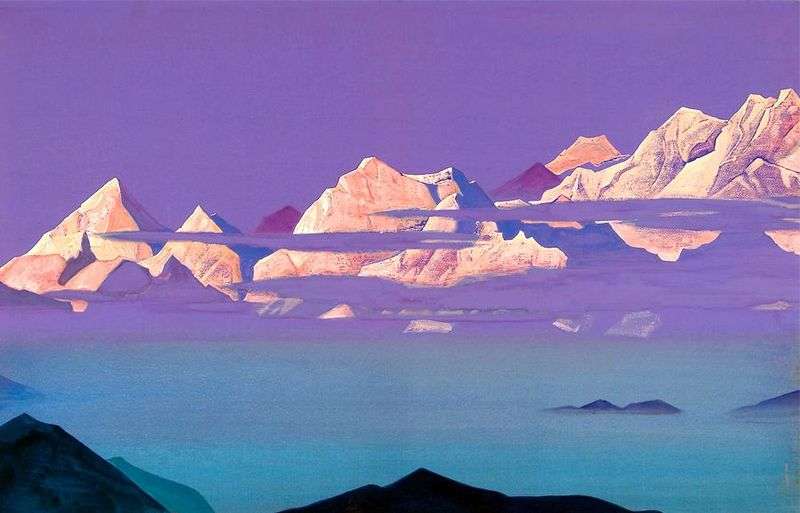 Pink Mountains by Nicholas Roerich
Pink Mountains by Nicholas Roerich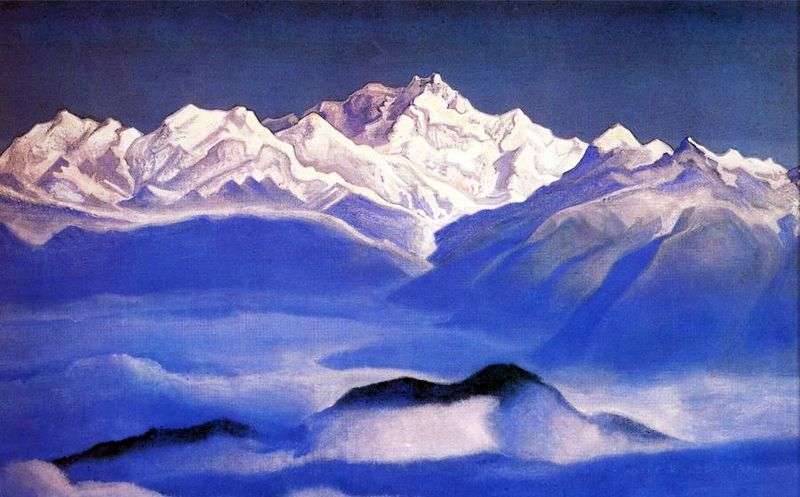 Blue Mountains by Nicholas Roerich
Blue Mountains by Nicholas Roerich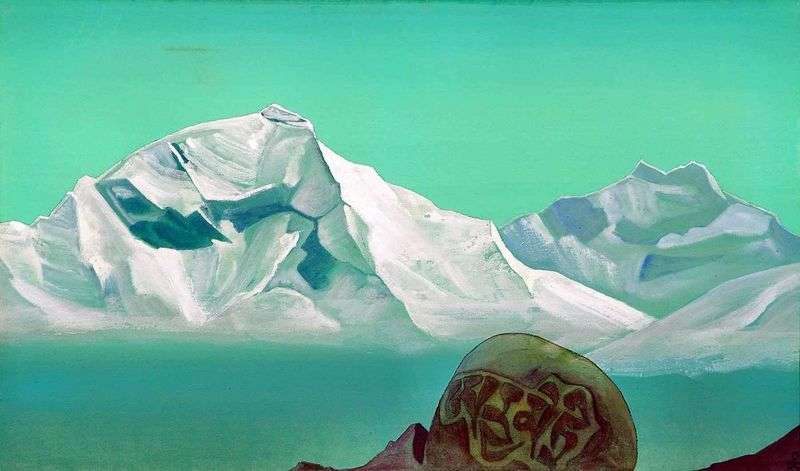 The road to Kailash by Nicholas Roerich
The road to Kailash by Nicholas Roerich